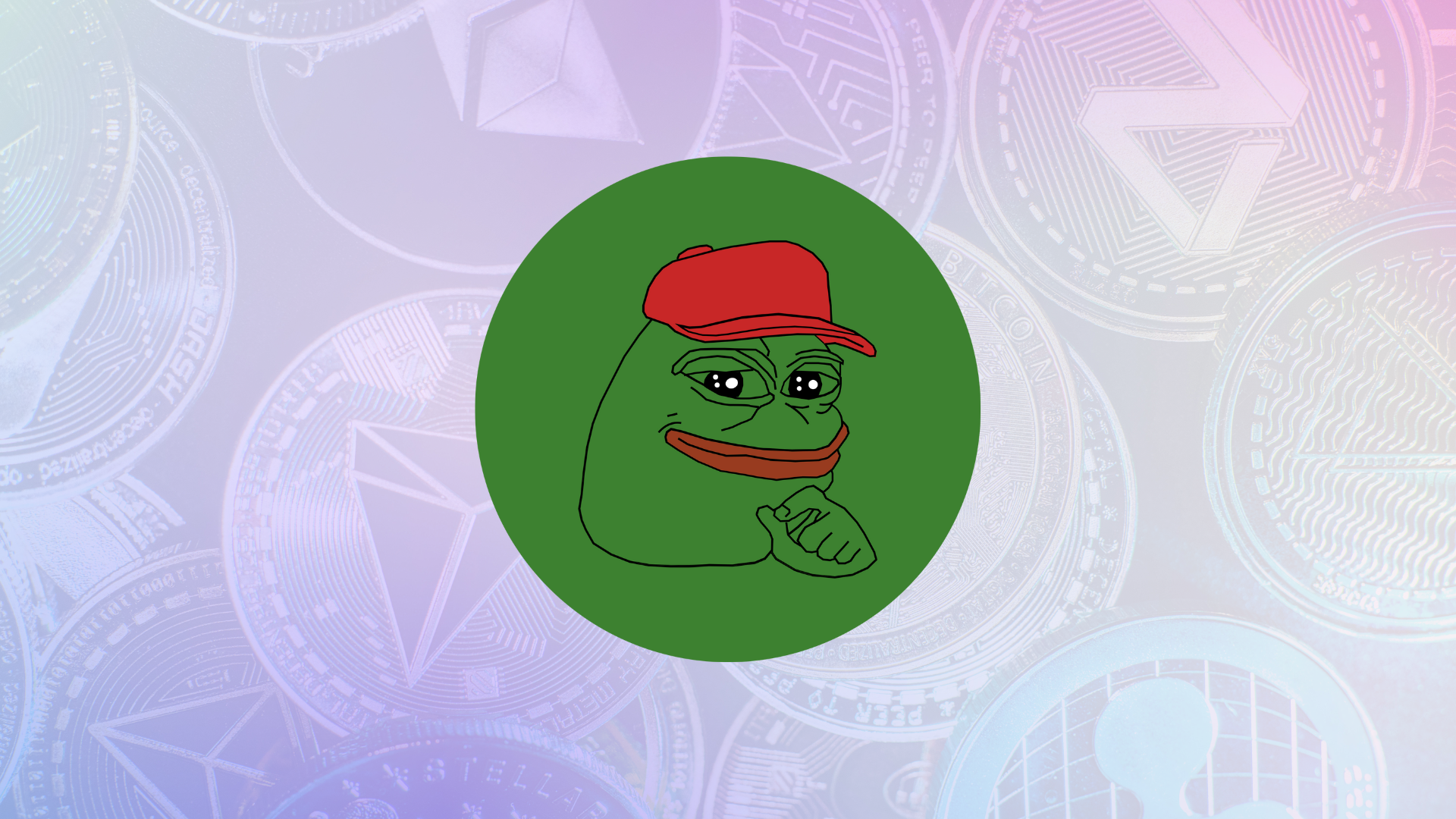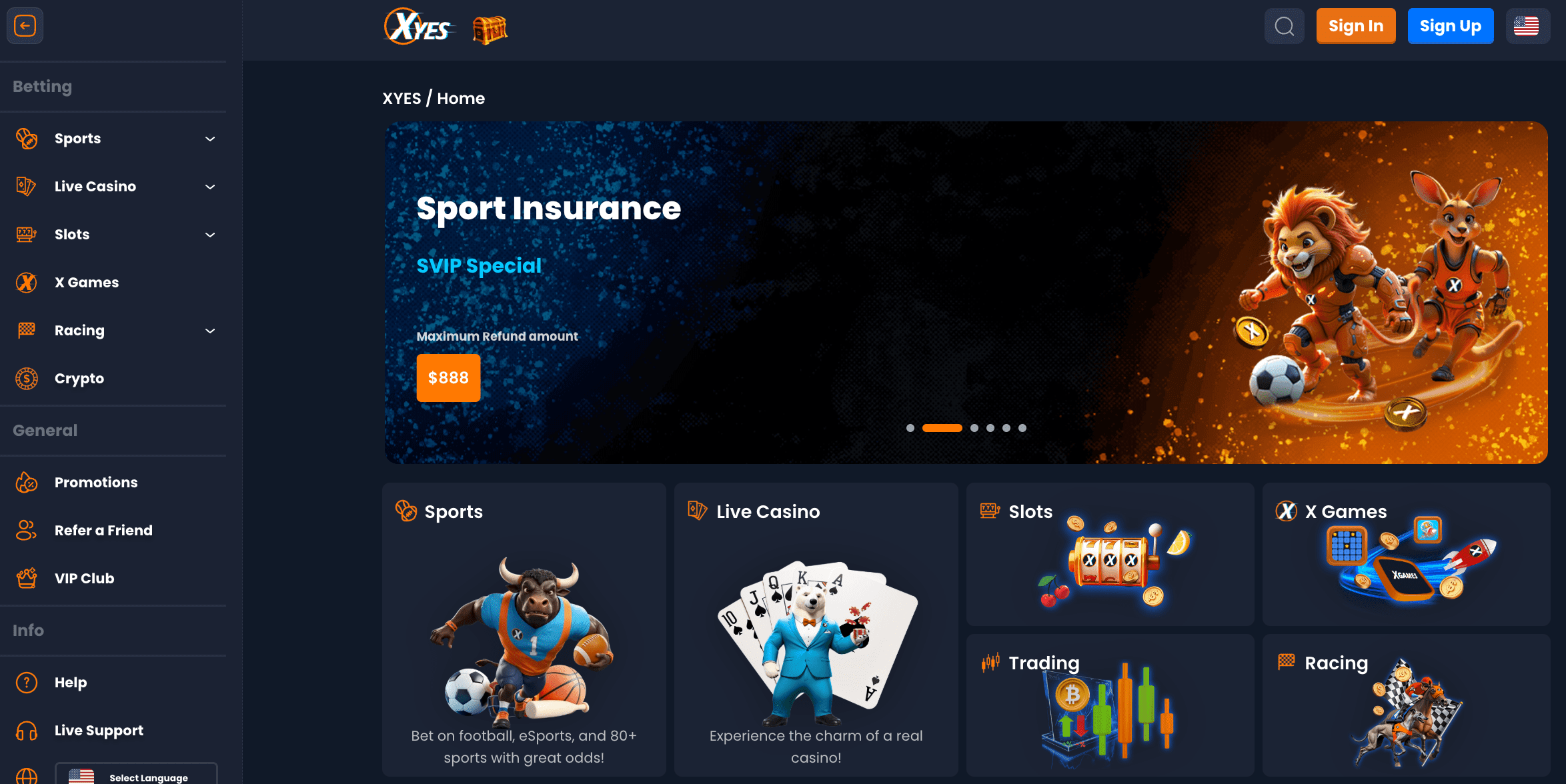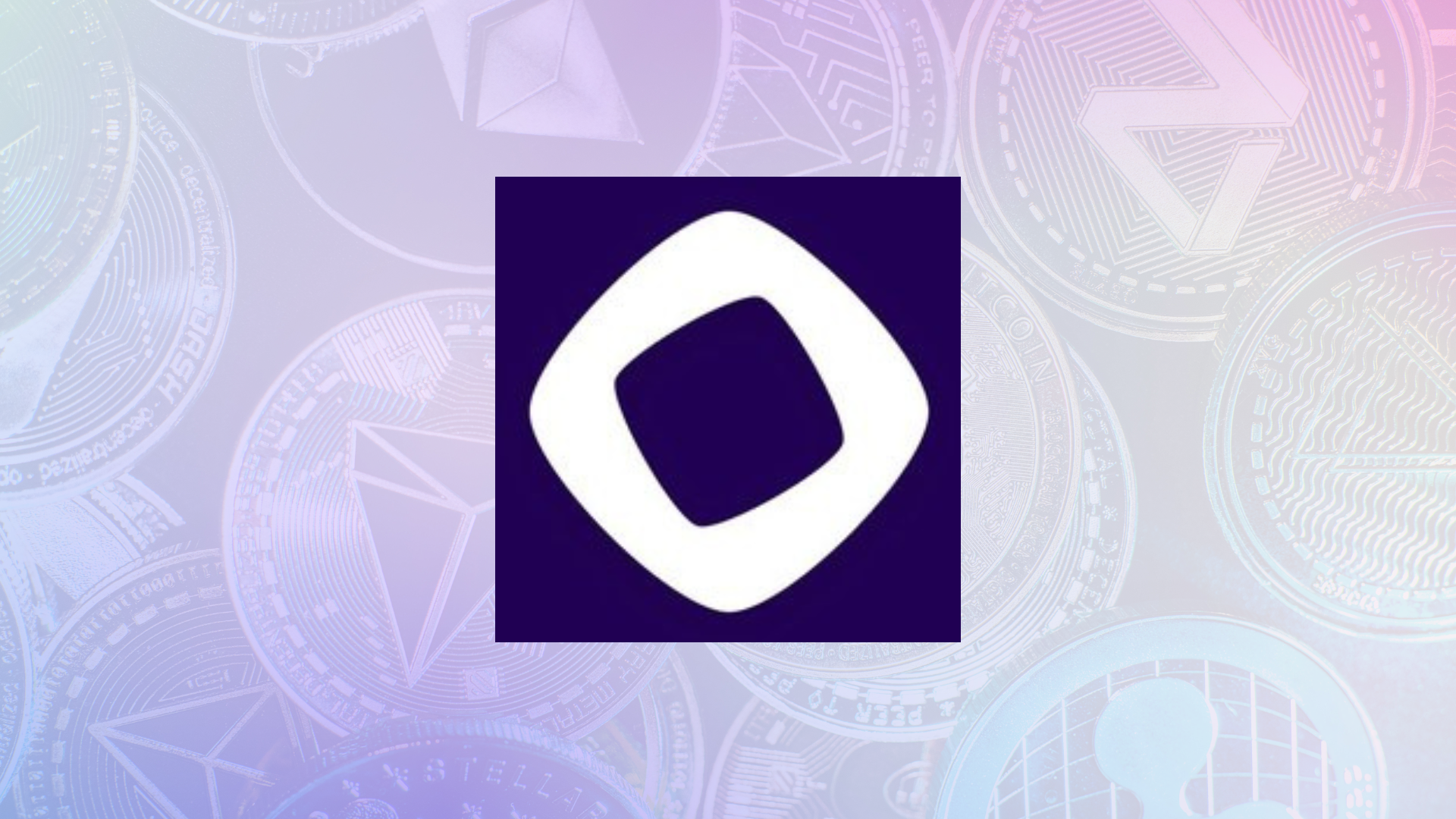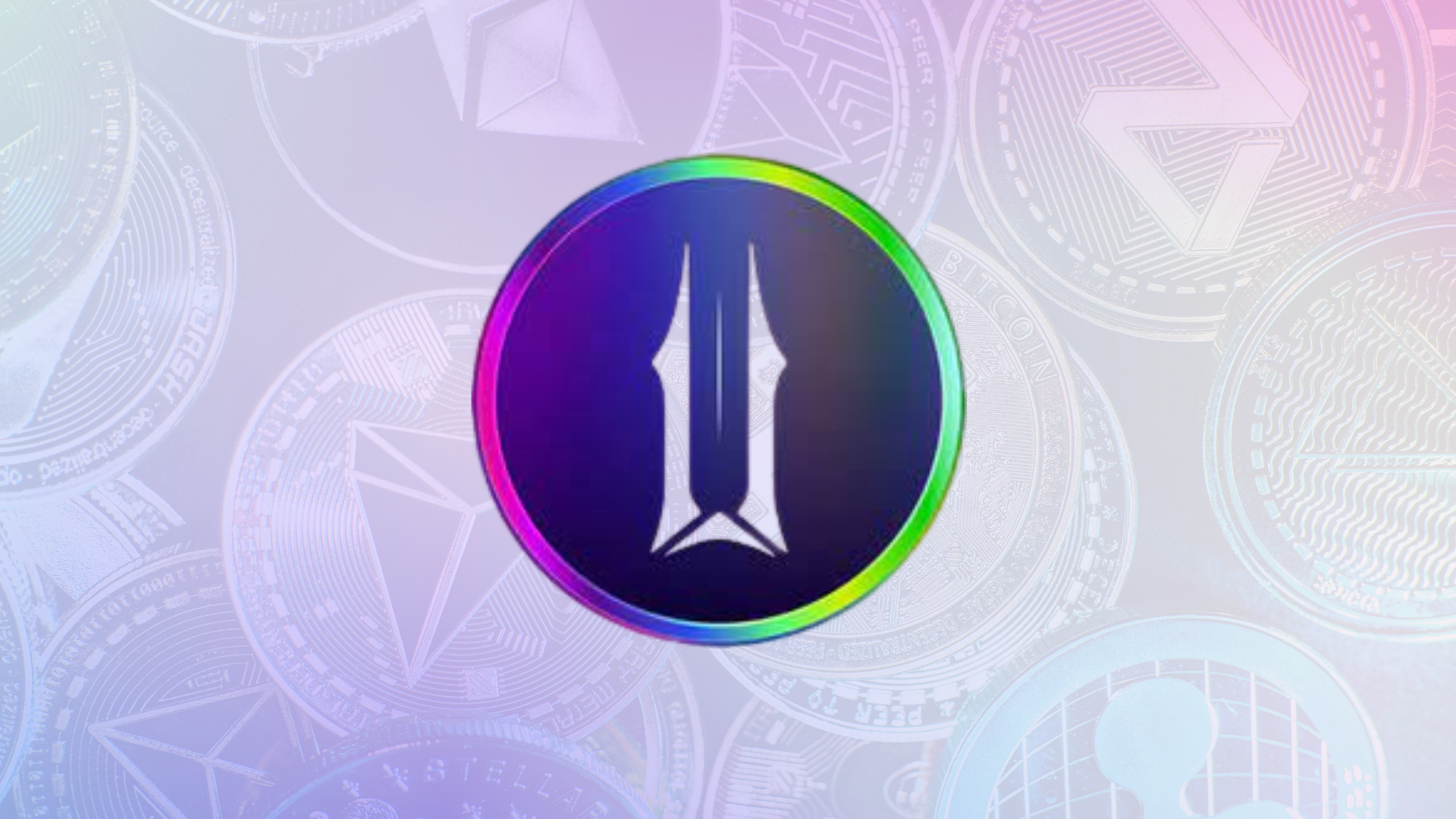At NFT Droppers, we provide the latest crypto news, in-depth project information, and comprehensive market insights. Launched in 2022, our platform covers new token launches, market trends, and detailed reviews of crypto and NFT projects. We offer reliable ratings based on 70+ evaluation factors, including tokenomics, roadmaps, and team authenticity. Whether you’re an investor or a crypto enthusiast, NFT Droppers keeps you informed with accurate, up-to-date information and expert analysis.
Decentralized Finance (DeFi) and Traditional Finance

Table of Contents
Decentralized Finance (DeFi) made a splash a couple of years ago with the promise to revolutionize the financial world. It showed a vision of a future where banks became irrelevant, and the code magically handled one’s money. Briefly, such a shining future seemed right around the corner.
DeFi’s Moment in the Sun
Remember Q4 2021? DeFi was the hottest thing since sliced bread. Everyone was speaking about it, and the numbers were simply breathtaking. Over 7 million people were using DeFi platforms, and some of the biggest protocols, like Uniswap and Aave, had a value of more than a billion bucks. This was a golden age for the DeFi maximalist looking at traditional finance (TradFi) as a dinosaur ready to go extinct.
They say all good things must come to an end. The DeFi party started cooling off in 2022 and 2023. The total value locked (TVL) in DeFi moved from its peak of $175 billion to just $50 billion at the end of last year. What happened?
Well, a few things. First of all, it took a massive hit within the crypto market. The collapse of Terra Luna and FTX shook investor confidence, and the regulator crackdown didn’t help as the massive fine slapped on Binance. On the second front, interest rates for US Treasury bonds began to climb. Such bonds are viewed as a safe bet; when they offer higher returns than DeFi, it’s only natural that investors will flock to them.
DeFi’s New Focus
Despite these setbacks, DeFi isn’t dead. It’s evolving. Instead of trying to be everything to everyone, it’s focusing on a couple of key areas: liquid staking and lending. Liquid staking lets you earn rewards on your staked cryptocurrency without locking it up. Lending, of course, is the business of borrowing and lending crypto assets.
While DeFi might focus on a niche, TradFi is alive and well. By projected estimates, it could only continue to gain in strength. Net interest income for traditional banks is expected to reach an estimated $7 trillion by the year 2025, where retail banking holds the lion’s share of this pie. And this amount is only going to increase in the future.
A Tale of Two Worlds
So, where does that leave us? Is DeFi just a flash in the pan, or has it not even started? Will it eat TradFi’s lunch, or will the two peacefully coexist?
The truth is that it’s too early to tell. DeFi has obvious advantages over TradFi: it is more accessible, more transparent, and often cheaper. But TradFi comes with centuries of experience, a huge infrastructure network of devices, and millions of trusting customers.
Eventually, DeFi and TradFi might even meet in the middle. Traditional banks could start to offer DeFi services or DeFi platforms may partner with established financial institutions. Or perhaps they’ll always be parallel universes, each with different strengths and weaknesses.
More than ever, new waves of online casinos are being birthed by the increasing adoption of cryptocurrencies. They allow gambling through the use of cryptocurrency instead of traditional fiat currencies. While many call these new crypto casinos a risky gamble, to some, it is a game-changer in the gambling industry.
The Battle for Your Money
While DeFi and TradFi sound like two different planets, they’re more distant cousins. Both deal with money, risk, and reward. How they approach these concepts is where things differ.
TradFi is all about middlemen, banks, brokers, or any other financial institution who become gatekeepers to let one into the financial services. The system is centralized, based on trust placed by people in these institutions. DeFi, on the other hand, cuts out the middleman. Smart contracts handle everything from lending to trading. One places faith in the code—not in a company or person.
This is again a decentralized approach, which has certain advantages and disadvantages. On the positive side, DeFi represents increased transparency, accessibility, and financial inclusiveness. Any person anywhere in the world who has an internet connection can participate, irrespective of their location or financial status. Besides, very often DeFi provides higher yields on investments compared to traditional savings accounts.
While DeFi, on the other hand, is riskier. If it is an uncontrolled space, then clearly there are higher chances of scams, hacks, and losses. The other point is that DeFi protocols are pretty hard to understand for newcomers.
The Road Ahead
Where is all this headed? Most likely, DeFi and TradFi will continue improving and borrow from each other. One of the hybrid models is where traditional financial institutions can learn from DeFi technologies in improving their services to customers by making them more efficient and customer-oriented.
Another way this might play out is that DeFi will find its niche, perhaps as the go-to platform for specific financial services, like lending and cryptocurrency trading. This could conceivably happen if the technology matures further and regulations become clearer.
Ultimately, it will be DeFi and TradFi that will create the future of finance. It’s a dynamic domain where forces of innovation and competition are at work. As an investor or a consumer, one needs to know the ins and outs of how it works and be aware of both worlds; the risks and rewards.
The Human Element
Even in finance, with the advancement of technology, a human touch is impossible to avoid. Trust, risk tolerance, and goals are very subjective issues in the financial domain that influence investment decisions. While DeFi and TradFi continue to deepen, let us not forget that financial well-being is not only a matter of numbers or algorithms but also of understanding your needs and aspirations.
While the financial world might have become, or be on its way to becoming more complex and technology-oriented, the truth is that it is human-oriented. From understanding a bit about the basics of DeFi and TradFi to making informed decisions, one can steer through these changing turfs toward their expected financial goals.

Disclaimer: The information presented here may express the authors personal views and is based on prevailing market conditions. Please perform your own due diligence before investing in cryptocurrencies. Neither the author nor the publication holds responsibility for any financial losses sustained.
CRYPTO PAYMENT GATEWAY
 Crypto Cloud
Crypto CloudTOP EXCHANGES
BEST CRYPTO CASINO
BEST HARDWARE WALLET
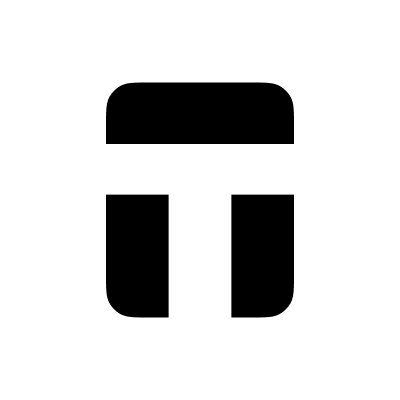 Tangem
Tangem
 Xyes Casino (Must Try)
Xyes Casino (Must Try) Stake.com
Stake.com Coins.Game Casino
Coins.Game Casino